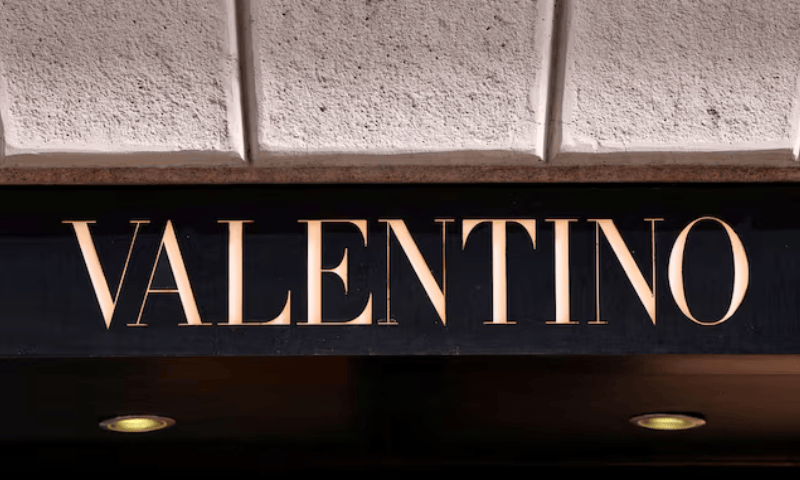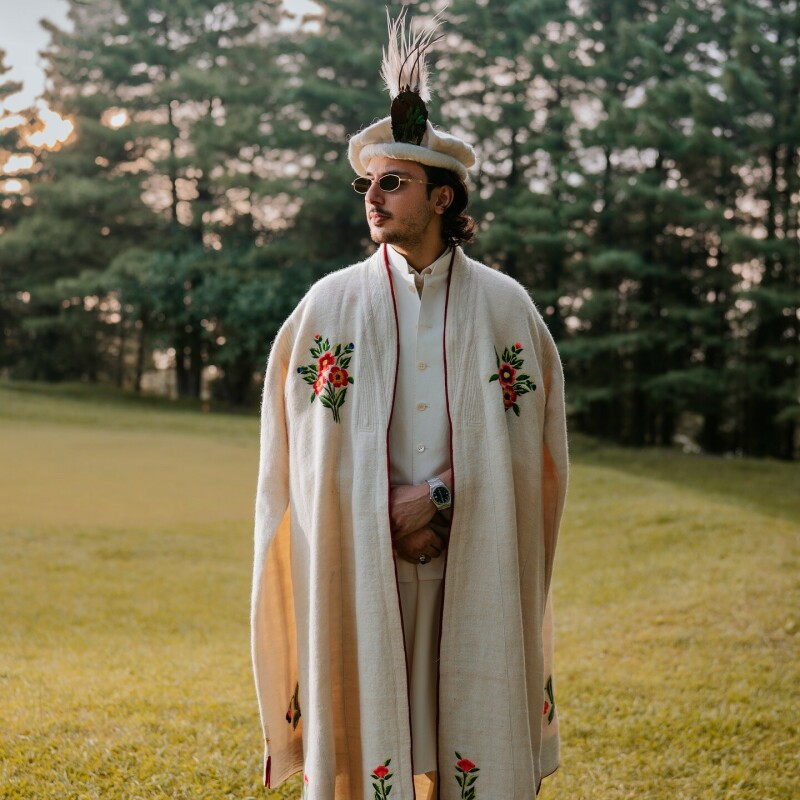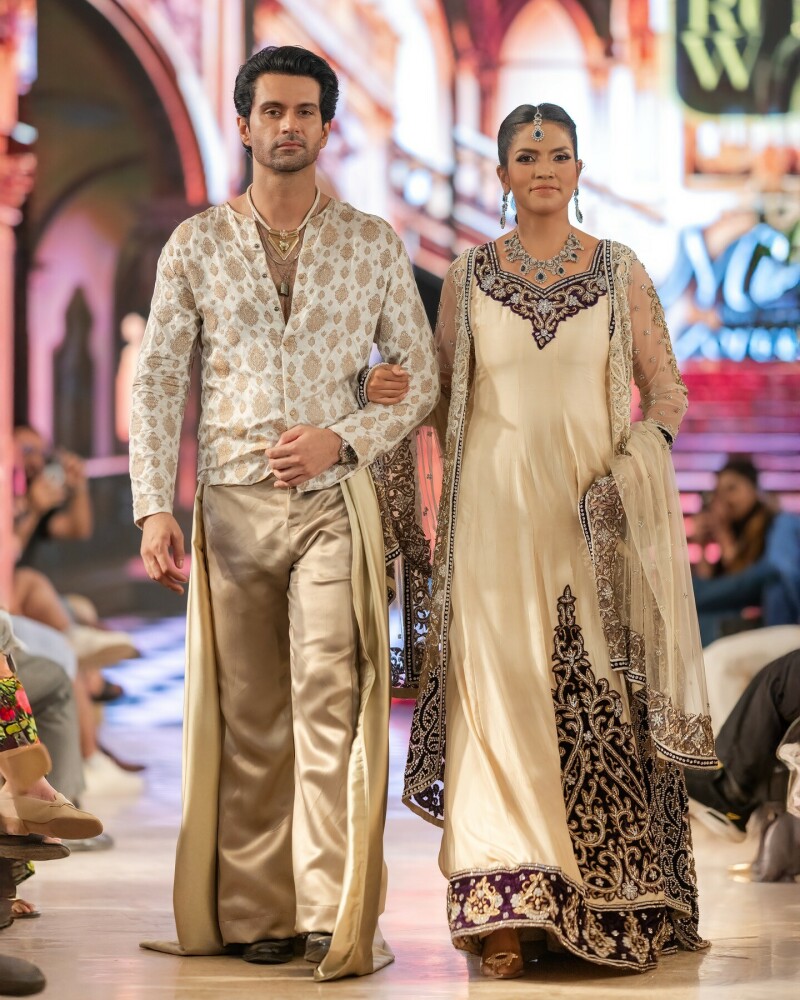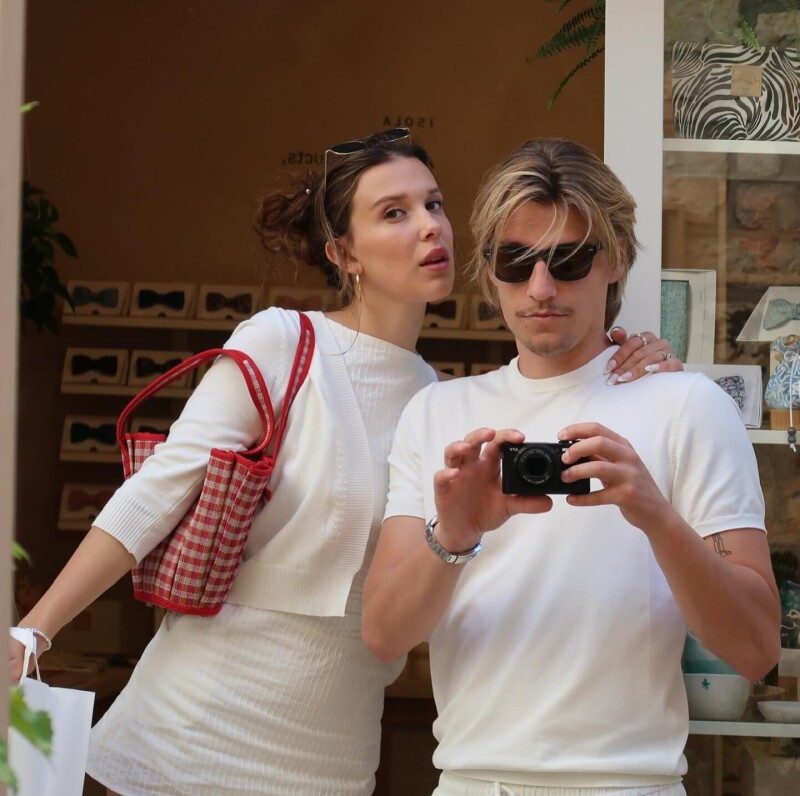French couturier Pierre Cardin, father of fashion branding, dies at 98
French couturier Pierre Cardin, who made his name by selling designer clothes to the masses, and his fortune by being the first to use that name as a brand for selling everything from cars to perfume, died on Tuesday aged 98.
In a career spanning more than 60 years, Cardin drew scorn and admiration from fellow fashion designers for his brash business sense, and influenced catwalks with his dresses and cuts and patterns.
Gowns and bodysuits in fluorescent spandex were fitted with plastic hoops that stood away from the body at the waist, elbows, wrists and knees. Cardin bubble dresses and capes enveloped their wearers in oversized spheres of fabric. Toques were shaped like flying saucers; bucket hats sheathed models’ entire heads, with cutout windshields at the eyes.
“Fashion is always ridiculous, seen from before or after. But in the moment, it’s marvellous,” Cardin said in a 1970 interview with French television.
Cardin, who was a mentor to designers such as Jean Paul Gaultier, was active in fashion circles until the last, still taking young designers under his wing, attending parties and events and regularly visiting his Paris office by Jaguar.
“Thank you Mr Cardin for opening me the doors to fashion and for making my dream possible,” Gaultier wrote on Twitter.
Cardin was the first designer to sell clothes collections in department stores in the late 1950s, and the first to enter the licensing business for perfumes, accessories and even food — which later drove profits for many other fashion houses.
“It’s all the same to me whether I am doing sleeves for dresses or table legs,” a telling quote on his website once read.

Hard as it may be to imagine decades later, Armani chocolates, Bulgari hotels and Gucci sunglasses are all based on Cardin’s realisation that a fashion brand’s glamour had endless merchandising potential.
Over the years his name has been stamped on razor blades, household goods, and tacky accessories — even cheap boxer shorts.
He once said it would not bother him to have his initials, PC, etched into rolls of toilet paper, and he was also the inspiration for a phallus-like perfume flask.
His detractors accused him of destroying the value of his brand and the notion of luxury in general. But he seemed largely unaffected by criticism.
“I had a sense for marketing my name,” Cardin told Germany’s Sueddeutsche Zeitung newspaper in 2007. “Does money spoil one’s ideas? I don’t dream of money after all, but while I’m dreaming, I’m making money. It’s never been about the money.”

He maintained that he built his business empire without ever asking a bank for a loan.
Born near Venice on July 2, 1922, to French parents of Italian descent, Cardin was educated in the not-so-glamorous French city of Saint Etienne.
He went to work for a tailor in nearby Vichy at age 17 and dreamt for a time of becoming an actor, doing some work on the stage as well as modelling and dancing professionally.
'Beauty and the Beast'
When he came to Paris in 1945, he made theatrical masks and costumes for Jean Cocteau’s film, Beauty and the Beast, and a year later joined the then-unknown Christian Dior.
After working briefly with Elsa Schiaparelli and Christian Dior, Cardin opened his own house in Paris’ tony first district, starting with costumes and masks.
His first big commercial venture, when he teamed up with the Printemps department store in the late 1950s, led to him being briefly expelled from the rarified guild of French fashion designers, the Chambre Syndicale de la Couture.

Couturiers in that club were forbidden at that time to show outside their Paris salons, let alone in department stores.
Cardin’s high-profile relationship with French screen siren Jeanne Moreau, the smoky-voiced blond of Jules and Jim fame, also helped boost the brand’s profile. Described by both as a “true love”, the relationship lasted about five years and they never married.
He also blazed a trail outside France long before other fashion multinationals in search of new markets.
He presented a collection in Communist China in 1979 when it was still largely closed to the outside world. And just two years after the Berlin Wall came down, in 1991, a Cardin fashion show on Moscow’s Red Square attracted a crowd of 200,000.
Cardin also expanded into new businesses, buying fabled Paris restaurant Maxim’s in the 1980s and opening replica outlets around the world. He leveraged the investment further by launching Minim’s, a chain of fancy fast-food joints that reproduced the Belle Epoque decor of the original exclusive Paris eatery.
His empire embraces perfumes, foods, industrial design, real estate, entertainment and even fresh flowers.
Cardin saw the astronomical expense of producing haute couture collections as an investment. Even though the clothing’s pharaonic prices didn’t cover the cost of crafting the made-to-measure garments, the media coverage generated by his couture shows helped sell lower sticker-price items, like hats, belts and hosiery.

As Cardin’s fame and fortune spiked, so did his real estate portfolio. He long lived an austere, almost monastic existence with his sister in a sprawling apartment across from the Elysee presidential palace in Paris. He bought up so much top-flight real estate in the neighbourhood that fashion insiders joked he could have mounted a coup d’etat.
True to his taste for futuristic designs, Cardin also owns the Palais des Bulles, or Bubble Palace, a residence-cum-events-venue woven into the cliffs on one of the most exclusive strips of the French riviera.
Not too far away, there is also a chateau in the village of Lacoste that once belonged to the Marquis de Sade.
In February this year, he teamed up with a designer seven decades his junior.
Pierre Courtial, 27, unveiled a collection at Cardin’s studio on Paris’s chic Rue Saint-Honore, with pieces that echoed some of the veteran designer’s geometrical aesthetics.
Cardin said he still rated originality above anything else.
“I’ve always tried to be different, to be myself,” he told Reuters. “Whether people like it or not, that’s not what matters.”














Comments